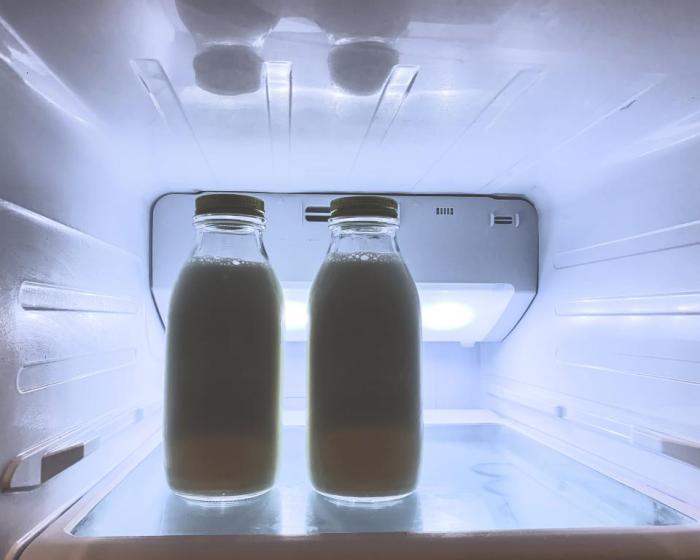
Details
Solution type
This case study is part of a project catalogue produced by ReUseHeat to inspire how to utilize excess heat from urban sources for heating and cooling purposes. The catalogue contains 25 existing or planned projects, 12 of which are Danish and 13 from other European countries.
Description
The project aims to evaluate, demonstrate, and implement the possibility of utilizing supermarket refrigeration systems as sources for district heating networks. Different tasks examine the potential of recycling heat from refrigeration systems and use the demand side of flexibility to fulfil three sub-goals:
1. Recycling heat from cooling operations for in-house use and export to district heating networks
The sub-goal is to develop and demonstrate a best practice for recycling heat based on experience with already installed systems and extensive knowledge from project partners. This way, the newest knowledge from cooling, heating, and legislative sources is combined, and 10 to 15 feasibility studies are carried out to examine the potential.
2. Use of heat pump capacity in supermarkets for district heating production
In Denmark 2684 supermarkets have an installed heat pump/cooling capacity of approximately 400 MW, however, only 30% of this capacity is used. The spare capacity has the potential to decentralize district heating production.
3. Optimize power consumption through increased power market flexibility
The sub-goal is to investigate and potentially demonstrate cooling systems designed for selling power system services. Multiple supermarkets can be aggregated to represent a larger power system service.
Existing supermarkets and district heating companies are examined in three demonstration projects:
- SuperBrugsen in Bramming and Bramming Fjernvarme
- SuperBrugsen in Bjerringbro and Bjerringbro Varmeværk
- SuperBrugsen in Vindinggård and Mølholm Varmeværk
There is a large potential for replacing current refrigerator systems with CO2 cooling and refrigerator systems. Hereby, gas cooling temperatures are increased, and excess heat can be utilized directly in the district heating network. There is, accordingly, no need for extra heat pumps to increase the temperatures. Multiple supermarkets in Denmark already use excess heat from supermarkets; however, there is still a large unexploited potential. The heat harnessed from a supermarket typically corresponds to the annual heat consumption of 20 ordinary Danish households.
Participants from Denmark and Sweden
2016 - 2019
IVL Swedish Environmental Research Institute
Danfoss A/S, COOP DANMARK A/S, Dansk Fjernvarme, Dansk Fjernvarmes Projektselskab Amba, Bramming Fjernvarme Amba, Andelsselskabet Mølholm Varmeværk, Bjerringbo Varmeværk Amba, Teknologisk Institut, KTH Royal Institute of Technology Stockholm, Ivar Lykke Kristensen Rådgivende Ingeniøre A/S, AK Centralen A/S, OK A.M.B.A.
Lone Gramkow, CLEAN, Super Supermarkets
External links:
Super Supermarkets, SuperBrugsen, Bramming Fjernvarme, Bjerringbro Varmeværk, Mølholm Varmeværk, Handbook – 25 cases of urban waste heat recovery
Replicability |
Low |
Medium |
High |
|---|---|---|---|
| Authorizative easiness | x | ||
| Adaptability to different climate conditions | x | ||
| Technology easy-to-implement (No need for specific technical requirements) | x | ||
| Easy-to-implement (No need for specific technical requirements) | x | ||
| Easy-to-operate (No need for specific technical requirements) | x | ||
| Opportunity of integrating waste energy sources | x | ||
| CAPEX needed for the deployment of the solution | x |
